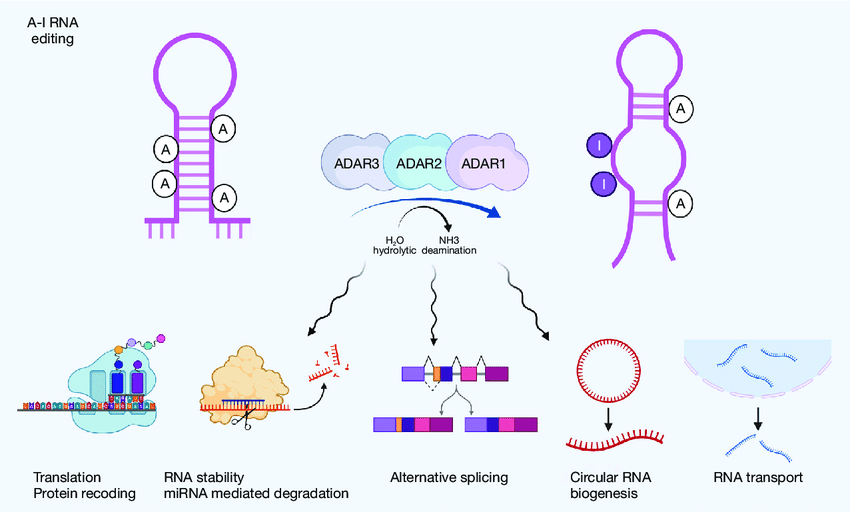- Courses
- GS Full Course 1 Year
- GS Full Course 2 Year
- GS Full Course 3 Year
- GS Full Course Till Selection
- Online Program
- GS Recorded Course
- NCERT (Recorded 500+ Hours)
- Polity Recorded Course
- Geography Recorded Course
- Economy Recorded Course
- AMAC Recorded Course
- Modern India, Post Independence & World History
- Environment Recoded Course
- Governance Recoded Course
- Science & Tech. Recoded Course
- International Relations and Internal Security Recorded Course
- Disaster Management Module Course
- Ethics Recoded Course
- Essay Recoded Course
- Current Affairs Recoded Course
- CSAT
- 5 LAYERED ARJUNA Mentorship
- Public Administration Optional
- ABOUT US
- OUR TOPPERS
- TEST SERIES
- FREE STUDY MATERIAL
- VIDEOS
- CONTACT US
THE FUTURE OF CROP PRODUCTION: PRECISION FARMING
THE FUTURE OF CROP PRODUCTION: PRECISION FARMING
In February 2024, Indian Council of Agricultural Research (ICAR) acclaimed Precision Farming as the future of agriculture.
What is Precision Farming?
Precision farming is a type of farming which involves the use of advanced technologies such as GPS, sensors, drones and data analysis to make informed decisions about agricultural practices.
Benefits of Precision farming:
- Increased crop yield: It helps farmers identify best planting times, nutrient levels, and irrigation schedules, leading to higher produce.
|
Steps Involved in precision farming
|
- Resource efficiency: By precisely targeting inputs like water, fertilizers, and pesticides, farmers reduce waste and minimize environmental impact.
- Cost savings: Resources are used more efficiently so farmers can lower input costs and improve overall profit.
- Enhanced sustainability: It promotes sustainable agricultural practices by reducing chemical usage, soil erosion, and water consumption.
Key Technologies used in Precision farming:
- Global Positioning System (GPS): GPS technology enables precise mapping and tracking of fields, and helps in accurate data collection.
- Remote Sensing: Remote sensing technologies such as satellite imagery and drones provide valuable insights into crop health, soil moisture levels, and pest infections.
- Sensors: Various sensors measure soil moisture, temperature, nutrient levels, and crop growth parameters, helping farmers make data-driven decisions.
Challenges and Limitations |
Solutions |
|
Government subsidies or financing options |
|
Training programs for farmers and technicians |
|
Development of industry standards |
|
Clear policies on data ownership and sharing |
|
Support programs to increase access and affordability |
|
Improved interoperability of systems to ensure sync in technology used on farms. |
|
Education and awareness campaigns for farmers. |
Various government initiatives to promote technology adoption in farming:
- The Digital Agriculture Mission 2021–2025 prioritizes projects leveraging cutting-edge technologies such as artificial intelligence and blockchain.
- The National e-Governance Plan in Agriculture (NeGPA) integrates modern information technologies to streamline agricultural processes and access to information.
- Agri Stack, a digital foundation established by the government, offers comprehensive digital infrastructure and tools to empower farmers in adopting advanced farming practices.
In the future, precision farming will see advancements in technology like artificial intelligence, machine learning, and improved connectivity. This will increase productivity and sustainability and reduce manual labor. Despite challenges, precision farming holds great potential to transform agriculture by using technology and data for better outcomes.
What is Digitization of Agriculture?
|



